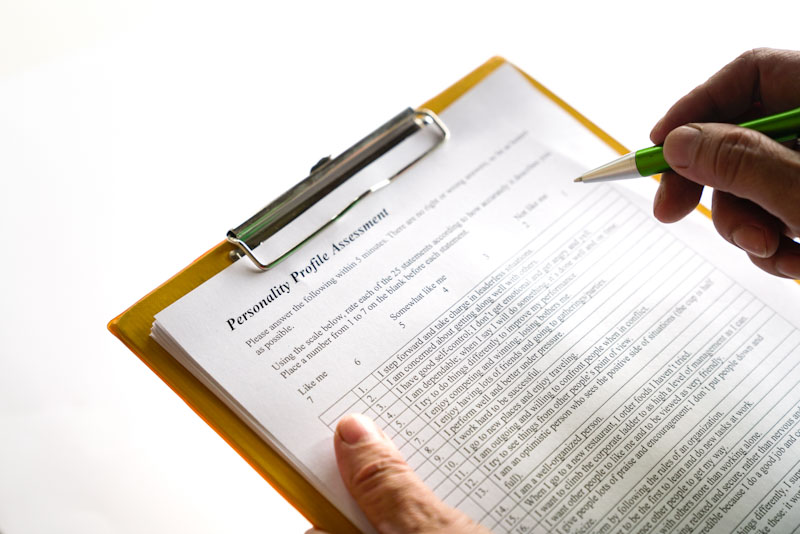How to survive Employee Redundancy
Published by MAXSolutions on July 16, 2020

Redundancy affects many workers over their lifetime
Employee redundancy in Australia has grown 45% with 272,500 positions made redundant before COVID-19 hit. Without knowing the full impact of COVID-19 it is hard to predict how it will shape the future for Australian workers. However, the data shows that we are more productive than ever, and businesses are hiring more casuals or part-time employees instead of full-timers. Both of these trends show that higher employee redundancy may become the new normal.
What is a ‘redundancy’?
Redundancies are most often associated with a failing or bankrupt organisation shedding costs and staff. However, employee redundancy can also occur through increased productivity across the organisation or the arrival of new technologies that changes how work is performed.
In Australia there are strong laws protecting those that have been made redundant to ensure they have a period to help them transition into new employment and have been provided adequate notice. This will depend on your length of service, however.
If you have been made redundant the best place to start to find redundancy information for employees is the fair work ombudsman.
What to do after redundancy?
Those looking for redundancy help should register with Centrelink as soon as possible. While you will likely be subject to waiting periods dependent on your redundancy pay, you may still be eligible for other services to assist you in finding a new job after redundancy.
Make sure to start freshening up your resume and LinkedIn profile and reach out to your network to see what opportunities might be around. if you need help with your resume, we have provided some handy examples here: Resume tips. If you are looking for assistance with LinkedIn and getting your profile ready for your job hunt you can find that here: help with linkedin, or if you need assistance with navigating Services Australia we have a full rundown for you here: Centrelink/MyGov helpdesk.
The ripple effect of redundancy
Redundancy doesn’t just affect those that lose their jobs either, research shows that it affects people at all levels of an organisation. Strong emotional responses such as shock, anger and fear are commonly found amongst those that remain employed. People whose roles have not been made redundant may also find their motivation to do their jobs has diminished; they could also be more indecisive, risk-averse and less willing to go "that extra mile"[1]
Where to next?
It can be stressful for those that have lost their job, whether due to financial commitments or just feeling like you have let your family down. Its easy to take losing your job personally but you must remember these are business decisions that are out of your control. If you are really finding it tough your company can provide support with its Employee Assistance Program. This will give you a chance to chat anonymously with a trained professional about your fears and concerns.
You could also use this opportunity to upskill and train in a different field to change your career path. MAX offer a range of training courses in different industries that you may have access to depending on your circumstances and where you live.This moment could be a blessing in disguise! Giving you the momentum to take charge of a new direction in your working life.
The key is to stay positive. Maintaining a healthy and optimistic perspective can be tough but is vital in finding work after redundancy. Make sure you are relying on support networks of friends and family and utilising the assistance of Centrelink and your job services provider and you will be back in a job in no time.
[1] http://www.oecd.org/employment/back-to-work-australia-9789264253476-en.htm
Share
Tags
Found this useful?
Help and advice
Our blogs are about helping people seek the information that they need for their steps in the workforce.














_1.jpg)





























.jpeg)

















